Figures & data
Figure 1. The major thrust faults, lineaments, and faults overlayed on the study area and the Satellite (Landsat OLI) image depicting the Northern Bihar region used for the liquefaction hazard assessment.
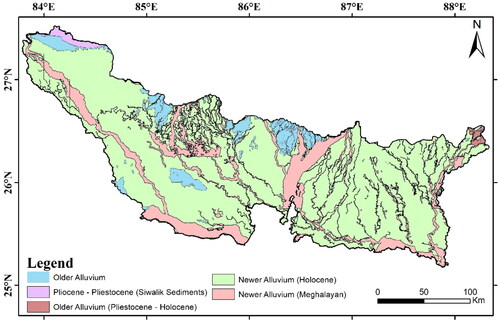
Figure 2. The lithological map of the study area showing different geological units classified in older alluvium from Pliocene to newer alluvium Meghalayan (BHUKOSH, GSI).
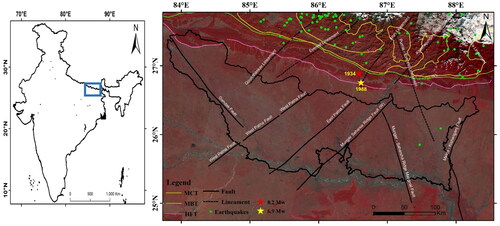
Figure 3. Modified Mercallie Intensity map shown for 1934 earthquake (a) Modified after Kayal. (Citation2010), and 1988 earthquake (b) Modified after GSI., 1993, Prajapati et al. (Citation2017).
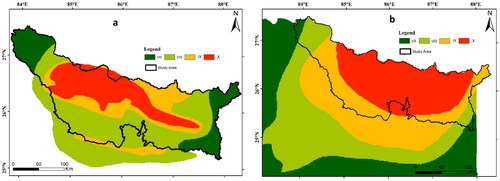
Table 1. Thematic layers and their importance in preparing the liquefaction susceptibility map.
Table 2. Pairwise comparison matrix for site-specific parameters used to prepare the liquefaction susceptibility map.
Figure 4. Input layers used for liquefaction susceptibility evaluation using rapid response and loss estimation model (Zhu et al. Citation2017), (a) precipitation, (b) groundwater, (c) distance to water body, (d) shear wave, (e) PGV 1934, and (f) PGV 1988.
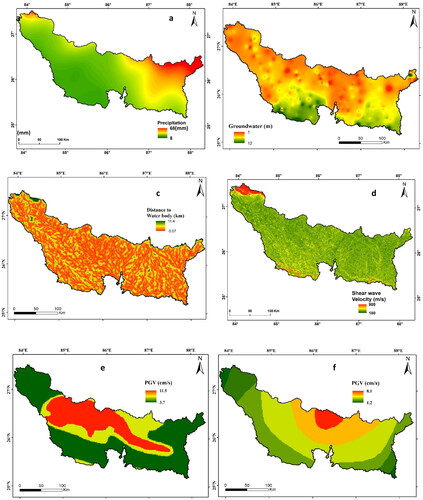
Figure 5. Input thematic layers used in the AHP model are (a) structure density, (b) soil texture, (c) geomorphology, (d) drainage buffer, (e) groundwater and (f) age of deposits. The GIS layers were scaled according to the degree of the liquefaction.

Figure 6. The PGA map prepared from the isoseismal map a) 1934 earthquake event 8.2 Mw (Kayal Citation2010) and (b) 1988, 6.9 Mw (Mukarjee and Lavania Citation1998). The PGA is in cm/sec2. It is observed from the map that for 1934 high PGA values were observed than the 1988 event.
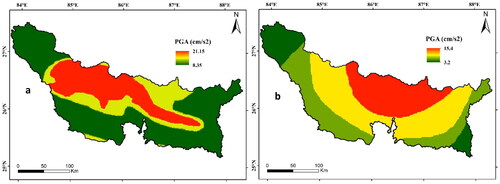
Figure 7. (a, b) shows the liquefaction damage scenario during the 1934 earthquake using Model A and Model B, and (c, d) shows the liquefaction scenario during 1988 by model A and model B, respectively. The maps were classified into four zones such as very low, low, high and severe using a natural break in ArcGIS 10.5.

Table 3. RMSE determined for separate classes (very low, low, high and severe) in the liquefaction hazard map from the reference location.
Figure 8. The ROC curve generated using the SPSS tool shown for 1934 and 1988 earthquake for both models (a, b) the highest AUC found 0.94 for 1934 earthquake using Model B.

Data availability statement
The data used to support the findings in this study will be available by the corresponding author upon reasonable request. Restrictions are applied to data, such as Soil Texture which is not freely available.
